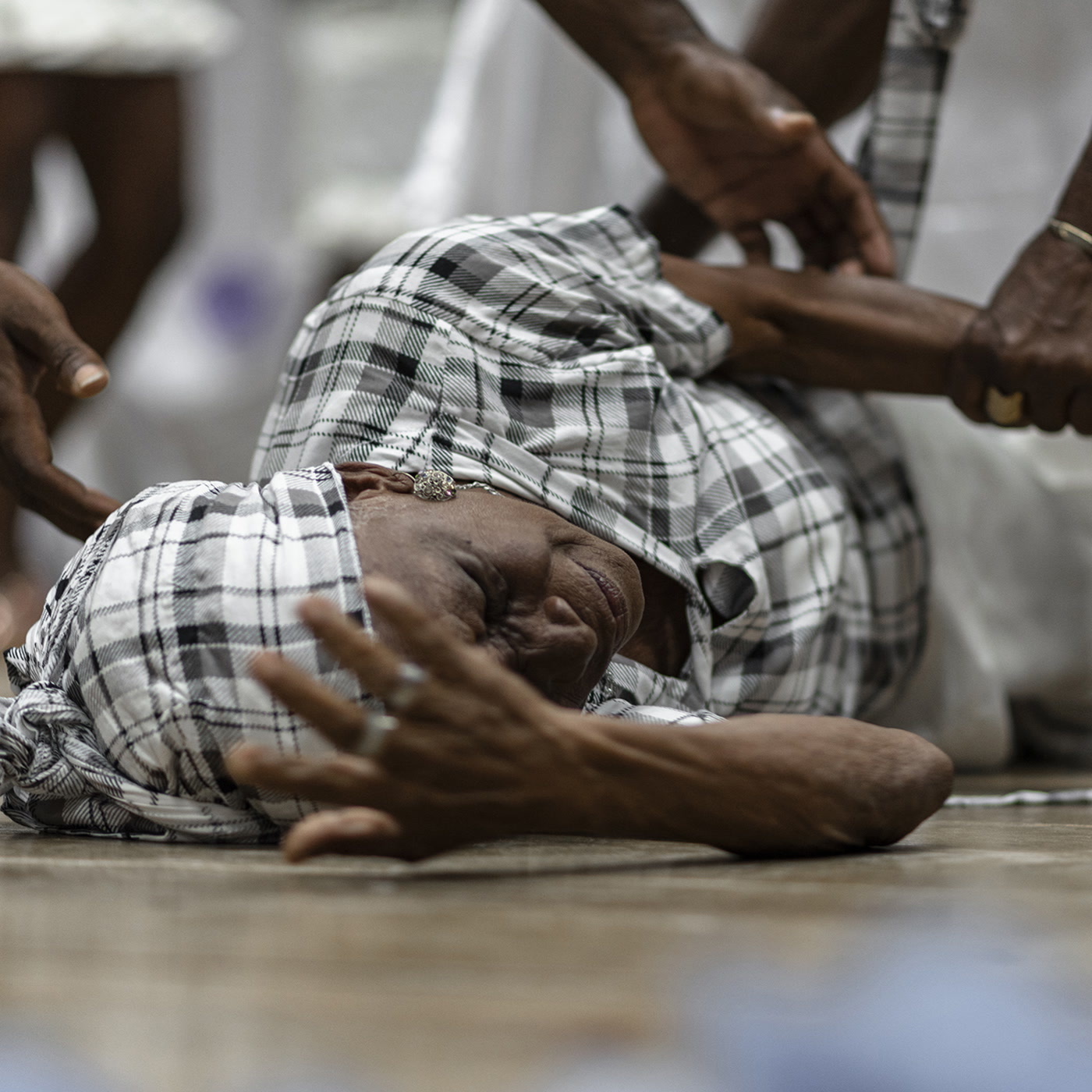
The gualíes, alabaos and levantamientos de tumba are burial rites typical of the Afro-Colombian Pacific communities. The rituals are performed to accompany the dead and their relatives when a member of the community dies, helping the deceased children (gualíes) or adults (alabaos and levantamientos de tumba) in the passage of their souls to eternity. The main objective of these practices is to alleviate and help in the management of grief related to death, based on acts of solidarity that allow us to reaffirm ourselves as communities and unite among family members, friends, neighbours and in general with all those who participate.For the Afro-descendant communities, death is a gateway to the other world, a place where the spirits, our ancestors, are present. We understand death as part of life itself and a necessary step “to enjoy the eternal presence of the Lord” (1). For many of us, there is no doubt that there is a relationship between the living and the dead that does not end with the death of the person, but is simply transformed. Among the Afro communities of Medio San Juan, death means reunion with the Creator, triumph over sin.
The Chocoan researcher Ana Gilma Ayala sums the alabaos as a way of “accompanying not only the mourners but also the deceased. For us, in our worldview, there is the idea and it is very African – that there is a road to the afterlife, a road on which the deceased needs accompaniment. So one way of accompanying them is through prayers and songs” (2)
According to Father Gonzalo Torres, the idea of links between the living and the dead is linked to our African heritage: “these manifestations are based on the idea of the African muntú, of the large extended family, which is not only lived here but is also transferred to the afterlife. And those who leave remain waiting for the one who stays. And for the same reason you always have to say goodbye to them rather than mourn them – although at some point you also mourn them, you first say goodbye to them so that they can leave peacefully, so that they can rest, so that they can wait for you in peace and not disturb the community” (3)
Thus, understanding that death is a step, the journey of a path towards the next life, preparation and accompaniment are necessary. The passage to the afterlife lasts several days beginning on the day of death, when the soul leaves the physical body, and ending nine days later when the soul is ready to leave this world. That is why the performance of each of these rites, the gualí for a child, and the wake, the novena and the raising of the grave or completion of the novena for an adult, are so important for us, as it is our way of saying goodbye and interceding before God for the souls of those who have passed away.
(1) Afro priest Nilson Sánchez, former parish priest of the community of San Miguel in the municipality of Medio San Juan.
(2) Ana Gilma Ayala, Chocoana teacher and ‘popular researcher’ from Chocó. Interview by Marcela Pinilla, 15 October 2013. Andagoya, Chocó
(3) Father Gonzalo María de la Torre Guerrero. Lifelong resident of Quibdó. Priest, bible specialist, teacher at FUCLA (Fundación Universitaria Claretiana). Interview by Marcela Pinilla, 10 October 2013. Quibdó, Chocó

